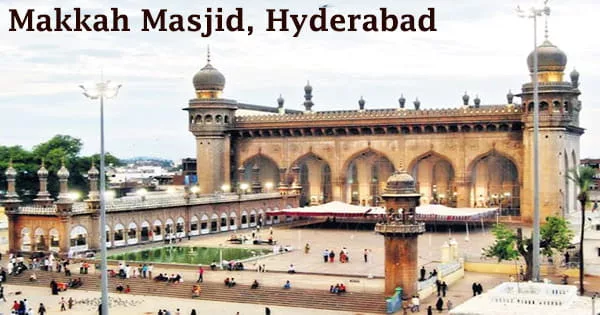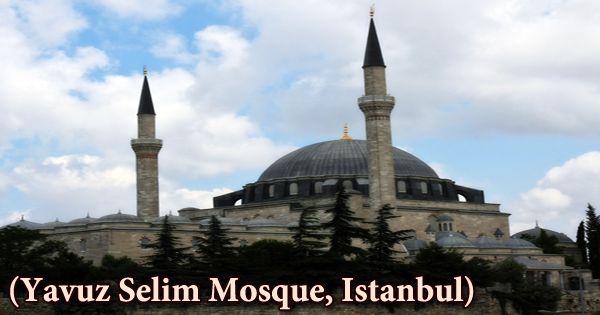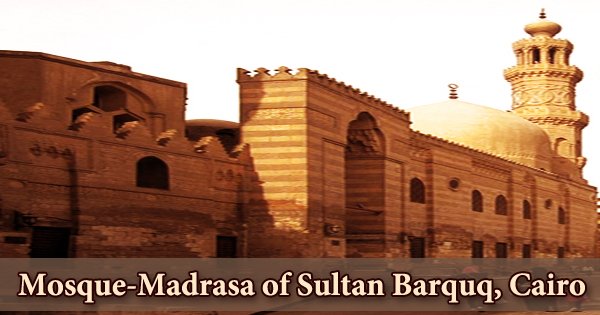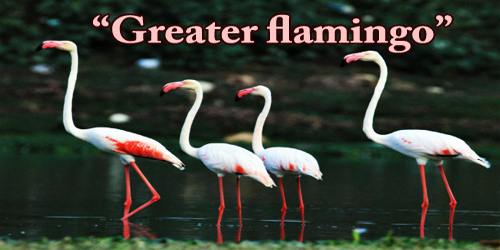The Makkah Masjid or Mecca Masjid in Hyderabad is one of the city’s oldest mosques and one of India’s biggest Masjids. With a capacity of 10,000 people, it is one of India’s largest mosques. The mosque was constructed in the 17th century and is now a state-protected historical site. In 1614, Muhammad Quli Qutub Shah, the fifth emperor of the Qutub Shahi Dynasty, commissioned the building of this venerated shrine, which was completed in 1694. It is adjacent to the ancient sites of Charminar, Chowmahalla Palace, and Laad Bazaar, and serves as the principal mosque for Hyderabad’s Old City. Sultan Quli Qutb-ul-Mulk and his family arrived in Delhi from Iran in the early sixteenth century. He and his followers migrated to Deccan India a few years later, when he was hired by the Sultan of the Bahamani empire. In 1518, Sultan Quli Qutb-ul-Mulk claimed independence from the Bahamani kingdom and laid the foundation stone for the Qutub Shahi dynasty of Golconda. The mosque’s name comes from Muhammad Qutb Shah, the sixth emperor of the Qutb Shahi dynasty, who commissioned bricks manufactured from soil imported from Mecca, Islam’s holiest place, and utilized them in the construction of the mosque’s central arch. Muhammad Quli Qutb Shah, the fifth Sultan of the Qutub Shahi dynasty, was a renowned supporter of art and culture. He founded the city of Hyderabad beside the Musi river in 1591. Some of the world’s best architects were invited to lay out the city design at his request. He was the guy behind some of Hyderabad’s greatest architectural wonders, including the Char Minar, and was known as one of the Qutub Shahi dynasty’s most capable governors.
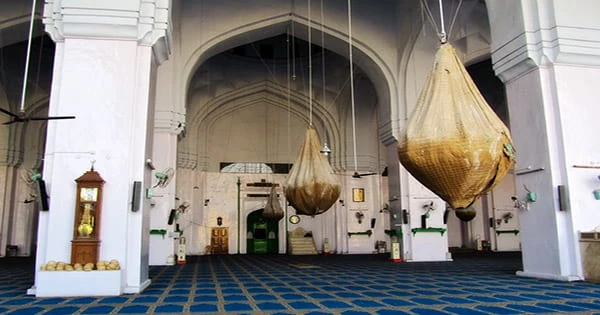
Muhammad Quli Qutb Shah was the one who ordered the Mecca Masjid to be built. The edifice’s foundation stone is said to have been put by him, and the arch decorations above the main sanctuary are fashioned from dirt from the Holy Land of Mecca. It is also referred known as the ‘Makkah Masjid’ for this reason. During Friday prayers on May 18, 2007, a bomb exploded inside the Makkah Masjid, killing at least thirteen people and wounding scores more. The mosque, which can hold up to 10,000 people at any given time, also holds a strand of Prophet Muhammad’s hair, which has been carefully stored within the mosque’s walls. Qutb Shah is said to have personally set the mosque’s foundation stone, and 8,000 people were engaged in its construction. Later, the mosque became the focal point around which Hyderabad’s architecture was designed. The prayer hall of the mosque measures 225 feet (69 meters) by 180 feet (55 meters) and has a ceiling height of 75 feet (23 meters). The prayer hall’s front is flanked by two minarets and contains five open arches. Each minaret has a dome on top and is connected to an arcade balcony on each side of the prayer hall. The mosque’s sahn (courtyard) is 108 square meters in size. There’s a sundial there, as well as the ruins of a hammam. On either side of the mosque complex’s main entrance are two minarets. The Mecca Masjid is a humbling site to see, with its carefully constructed architecture, rich history, and religious significance. The marble graves of the Asaf Jahi monarchs and family members, with the exception of the first (Asaf Jah I) and last (Asaf Jah VII), are located towards the mosque’s southern end. These are housed in a rectangular, arched, and canopied structure built in 1914 during Mir Osman Ali Khan’s reign as the final Asaf Jahi king. Two rectangular buildings with four minarets each stand at both extremities of the Asaf Jahi’s resting site. The balconies on these minarets are exquisite and round, with modest decorative walls and arches. The rest of the minarets ascend from an octagonal inverted platter above them until they are stopped by a dome and spire.
